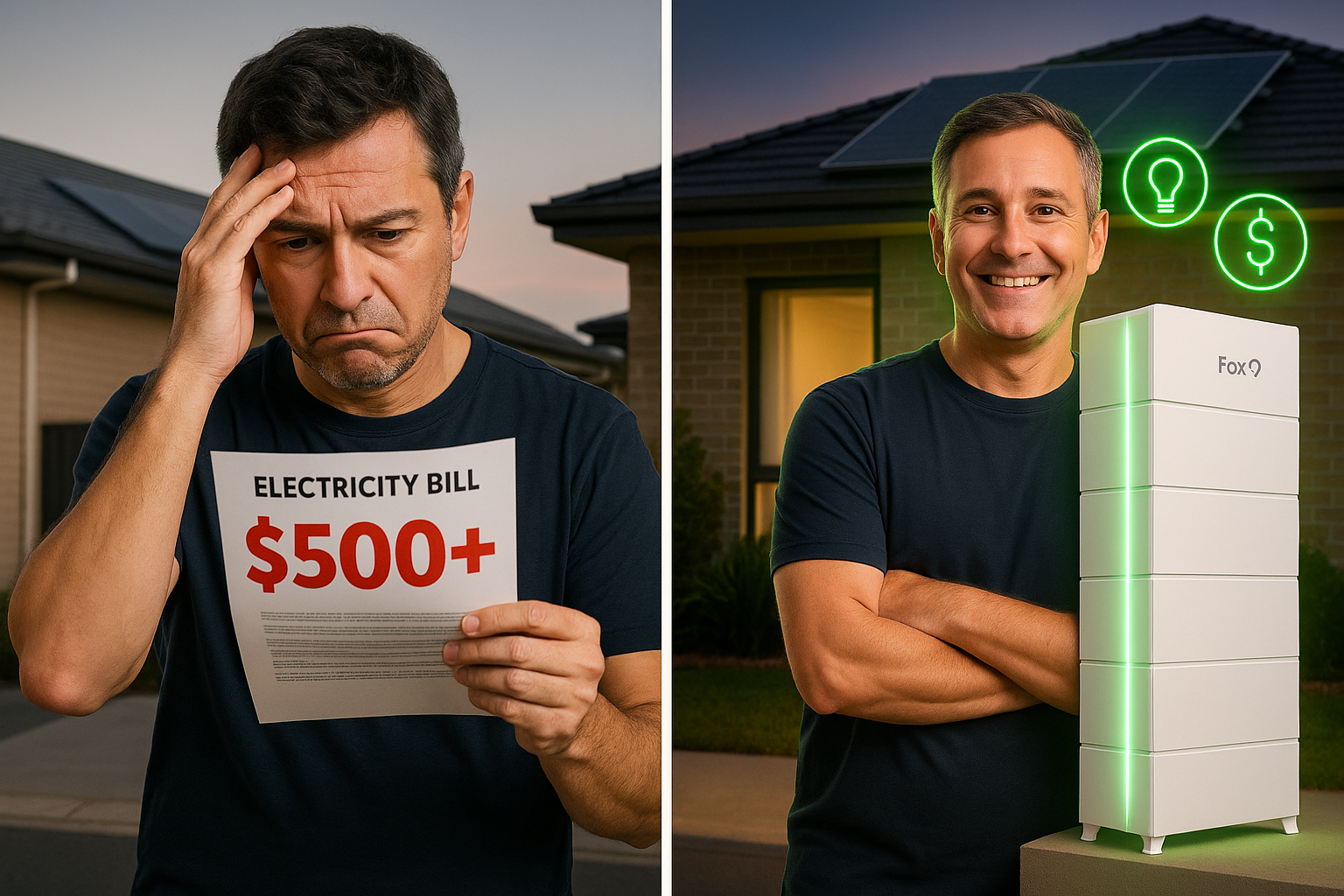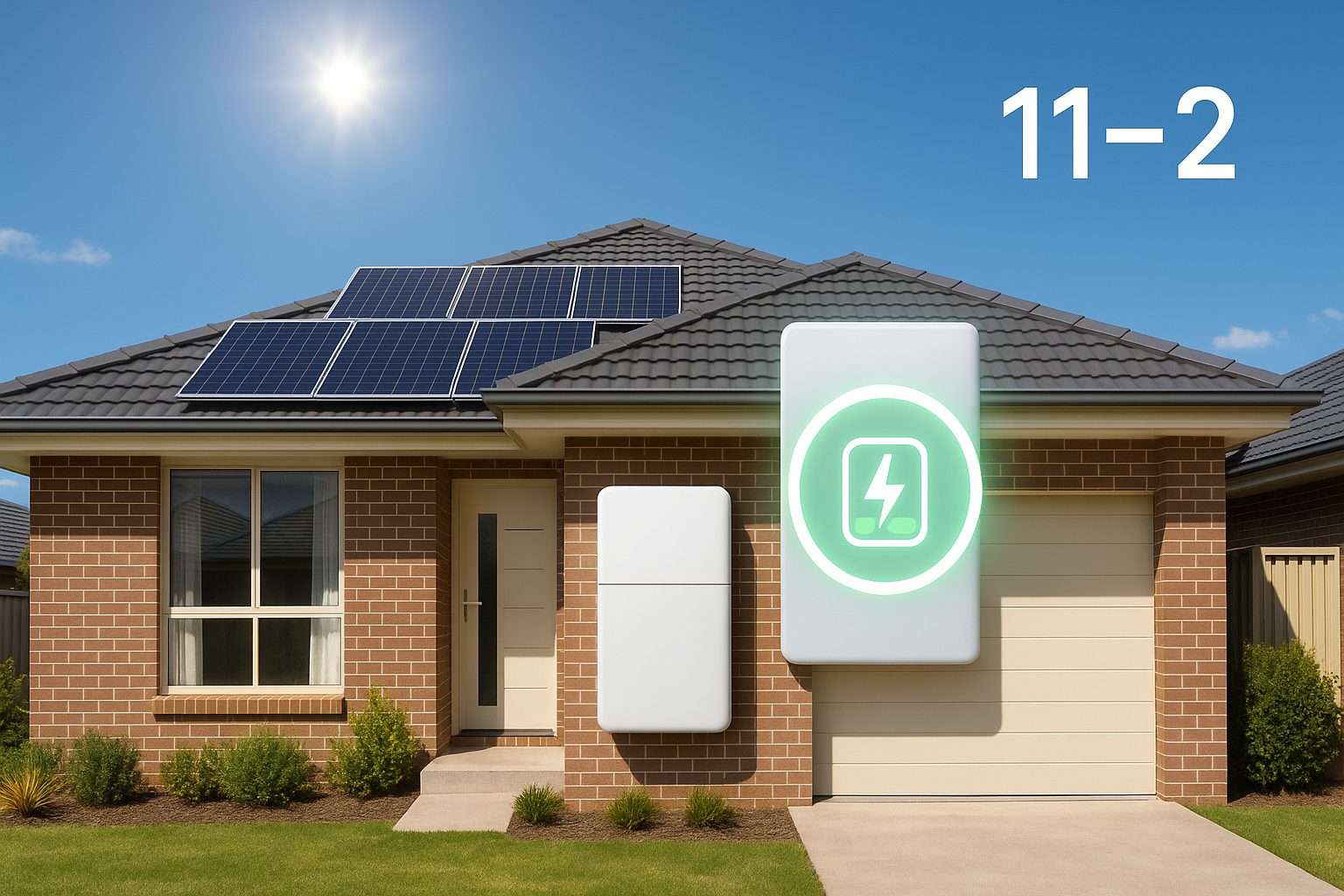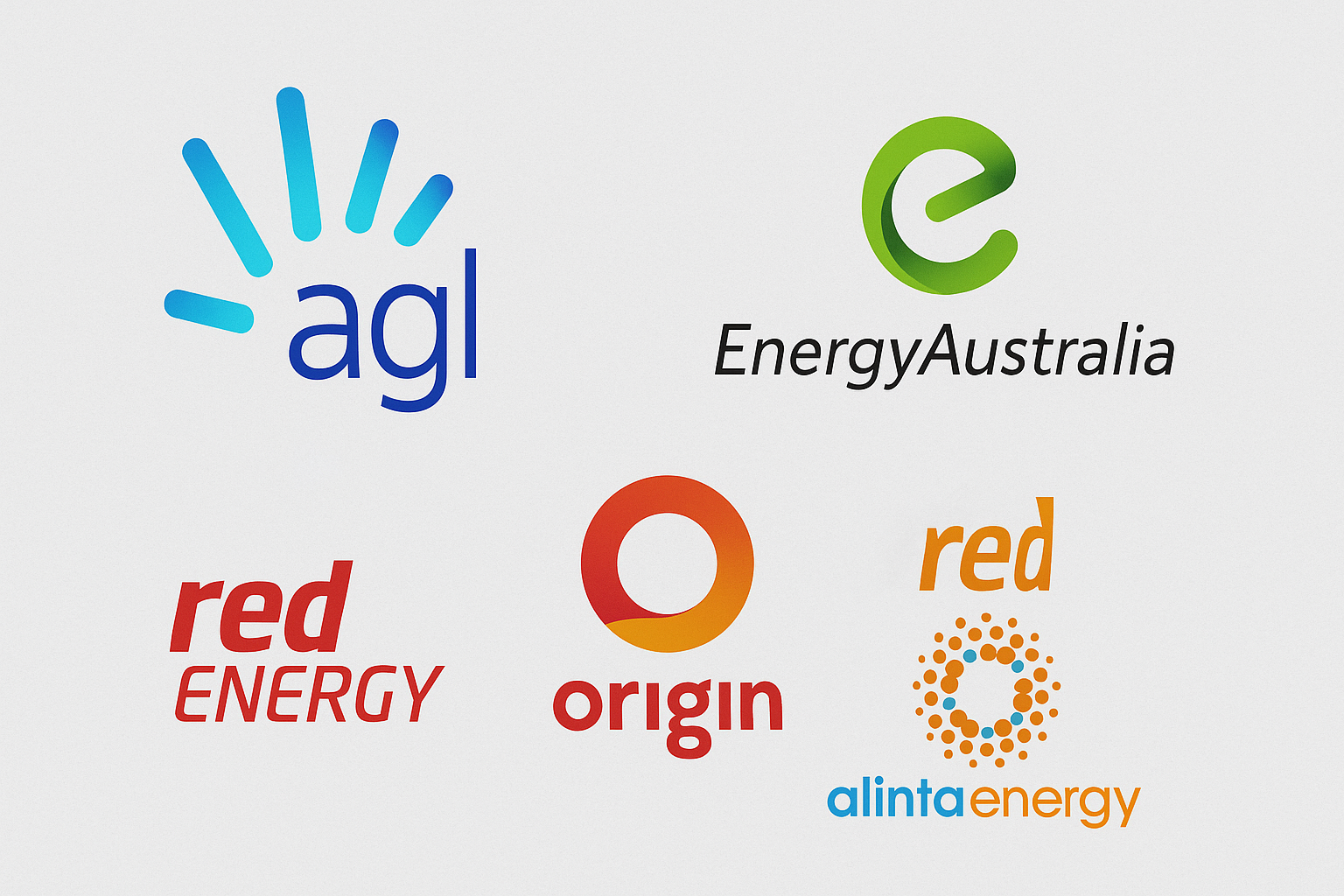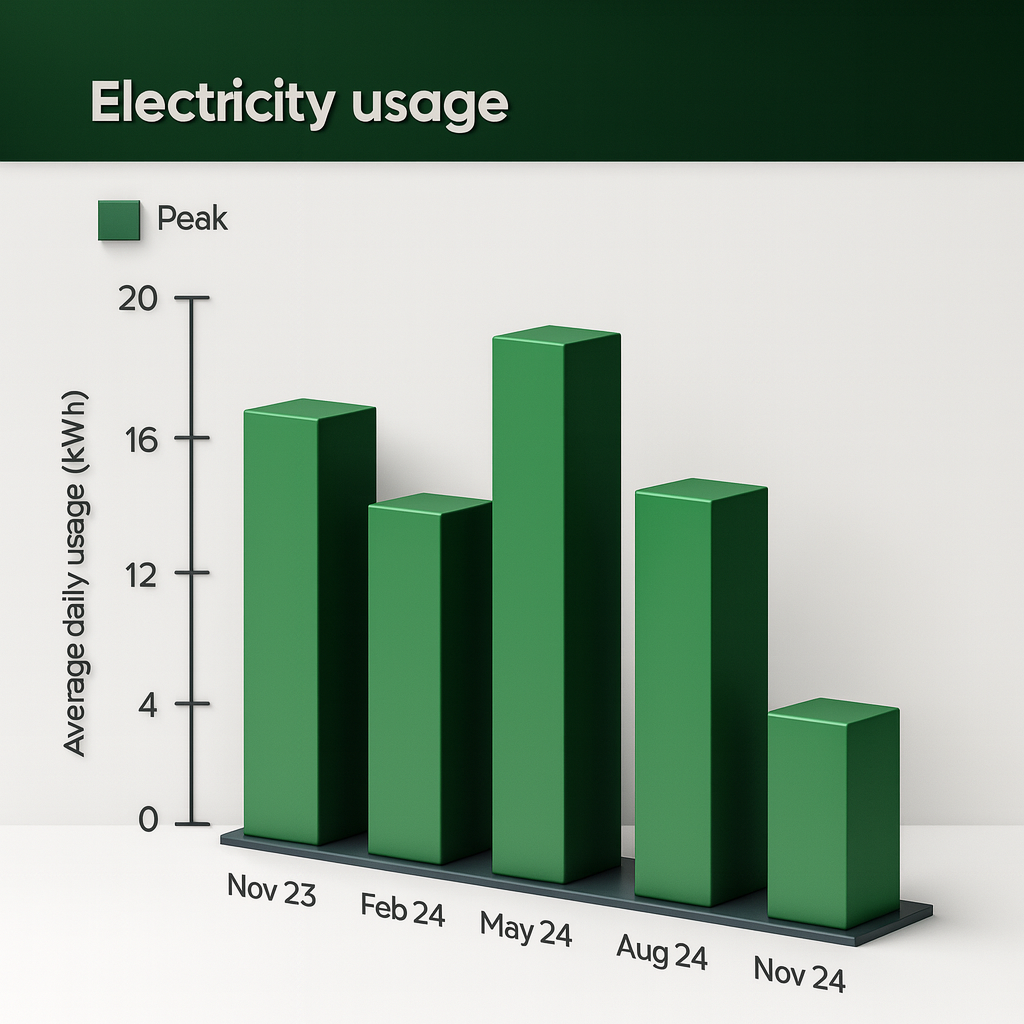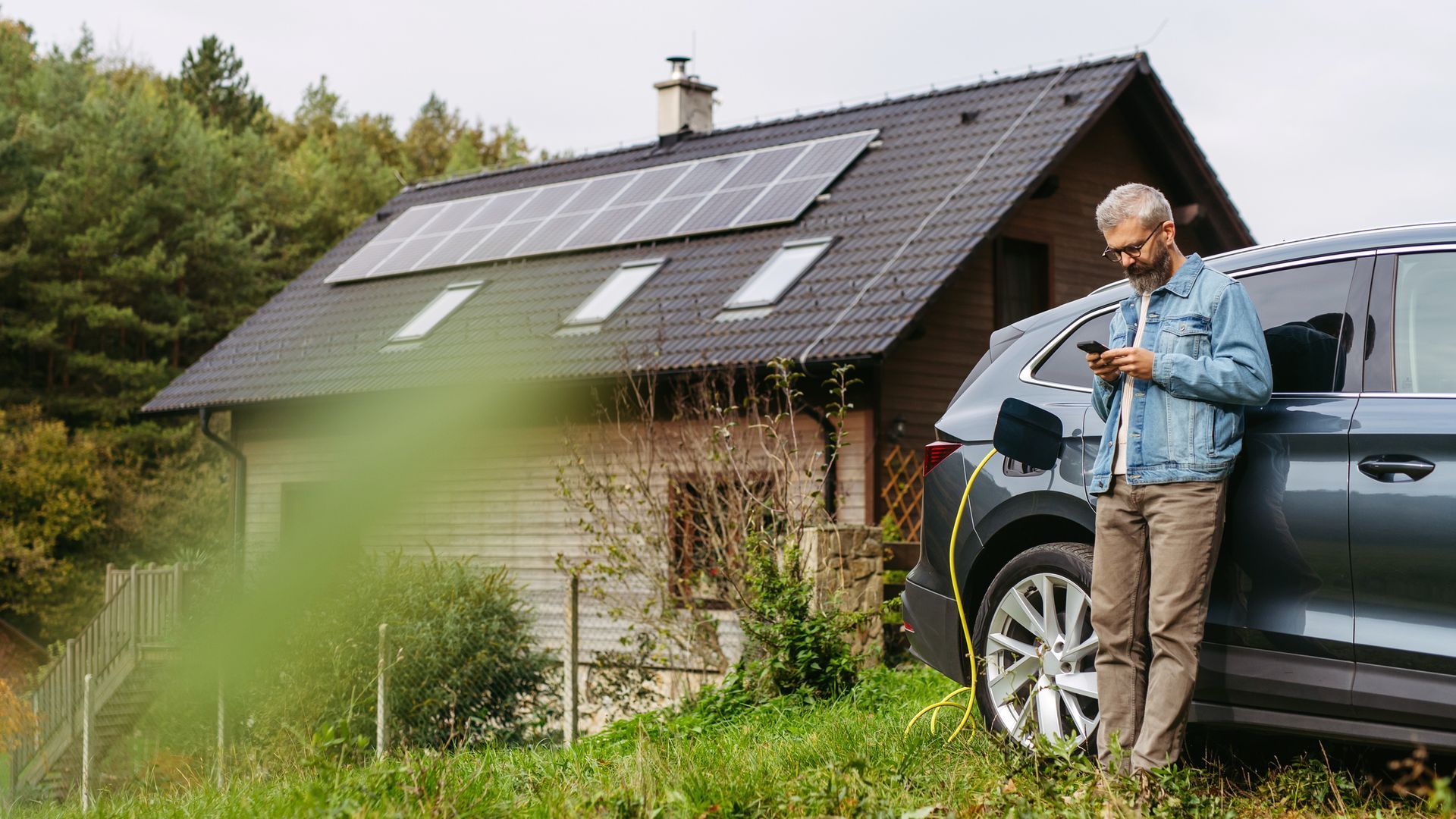Solar and Battery REsources
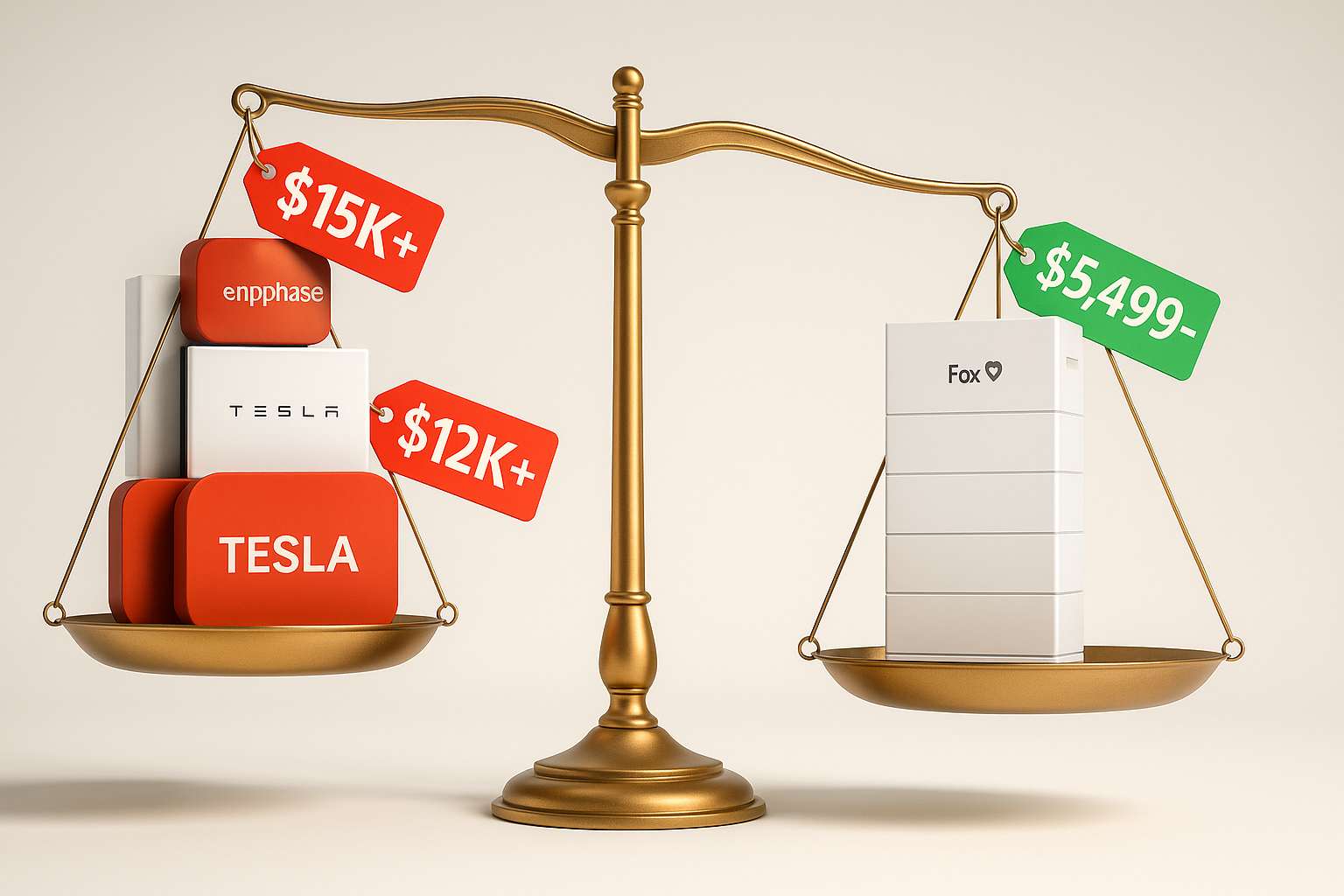
Solar Battery Price in Sydney & NSW (2025): Why We’re Different If you’ve been looking up solar battery price in Sydney or searching for the cost of solar batteries in NSW, you’ve probably noticed something odd: prices can vary wildly. One company quotes $12,000 for a small battery, another charges $20,000 for a slightly bigger one, and then you see us offering a 37–42 kWh system for under $6,500 installed. So, what’s going on? Here’s the truth: at Aussie Solar Batteries, we believe in being upfront about how we price — and why we can consistently deliver better value than much of the market. 1. We Maximise the Federal Rebate The new $2.3 billion Federal Home Battery Rebate has been a game changer. But not all companies are set up to pass on the full benefit. Some still quote using old “list prices” and then apply the rebate in a way that barely reduces the customer’s fin al cost. We do the opposite: we design our packages around the rebate thresholds, so you unlock the maximum saving, and we han dle all the paperwork on your behalf. 2. We Buy Direct, Not Through Middlemen Most installers buy through wholesalers, which means the price is marked up before it ever reaches you. We’ve built direct relationships with distributors and manufacturers, cutting out the middle layers. That means we can supply Tier-1 products like Fox ESS and Each Energy — batteries built with the same EVE cells trusted by BMW and BYD — at a fraction of the price you’d pay through a bloated supply chain. 3. We’ve Done This Thousands of Times Since 2017, we’ve completed over 15,000 solar and battery installations across NSW, QLD, and SA. That kind of scale gives us real buying power and efficiency. Smaller operators don’t have the same leverage — and larger corporate players often carry higher overheads. We’ve found the sweet spot: big enough to unlock volume discounts, lean enough to keep costs down. 4. We Keep Things Simple Our packages are clear, upfront, and all-inclusive. No bait-and-switch, no endless list of add-ons. No deposit required — you only pay once your system is installed. 2 backup loads included — so your essentials stay powered in a blackout. Guaranteed install in 6–8 weeks — usually closer to 6. That’s why homeowners trust us: what we advertise is exactly what you get. 5. We Don’t Inflate Prices to Look Generous Here’s where many installers go wrong. Public data and guides confirm a few things: Average installed battery prices before rebates: • 5–10 kWh systems: $7,000–$12,000 • Larger systems: $15,000+ Typical post-rebate costs (after 30% off): • Tesla Powerwall (13.5 kWh): ~$16,100 → ~$11,650 • Enphase IQ (5 kWh): ~$11,400 → ~$9,750 Even with the rebate applied, customers are still paying thousands more. Why? Because many providers keep their list prices high and the rebate simply offsets their overheads or boosts margins. Add to that the premium branding effect (Tesla, Sonnen, Enphase and others are priced as luxury items), and you can see why so many quotes come back inflated. You’re not always paying for more performance — often, you’re paying for brand positioning and inefficient business models. At Aussie Solar Batteries, we don’t play those games. Our prices are sharp from the start, engineered to reflect real costs minus real rebates. No inflated list price. No smoke and mirrors. Just maximum value passed back to you. Solar Battery Price in Sydney & NSW Doesn’t Have to Break the Bank If you’re searching for the best solar battery price in Sydney or comparing solar battery costs across NSW, here’s what you need to know: batteries aren’t inherently expensive — it’s how companies choose to price them. At Aussie Solar Batteries, we’ve built our business on clear pricing, honest installs, and real savings. We design our offers around rebates, buy direct, run lean, and pass the difference straight back to Aussie families. So if you’re comparing quotes and wondering why others seem so much higher, the answer is simple: it’s not that batteries have to be expensive. It’s how companies choose to price them. And our choice is simple: fair prices, upfront transparency, and savings you can trust.
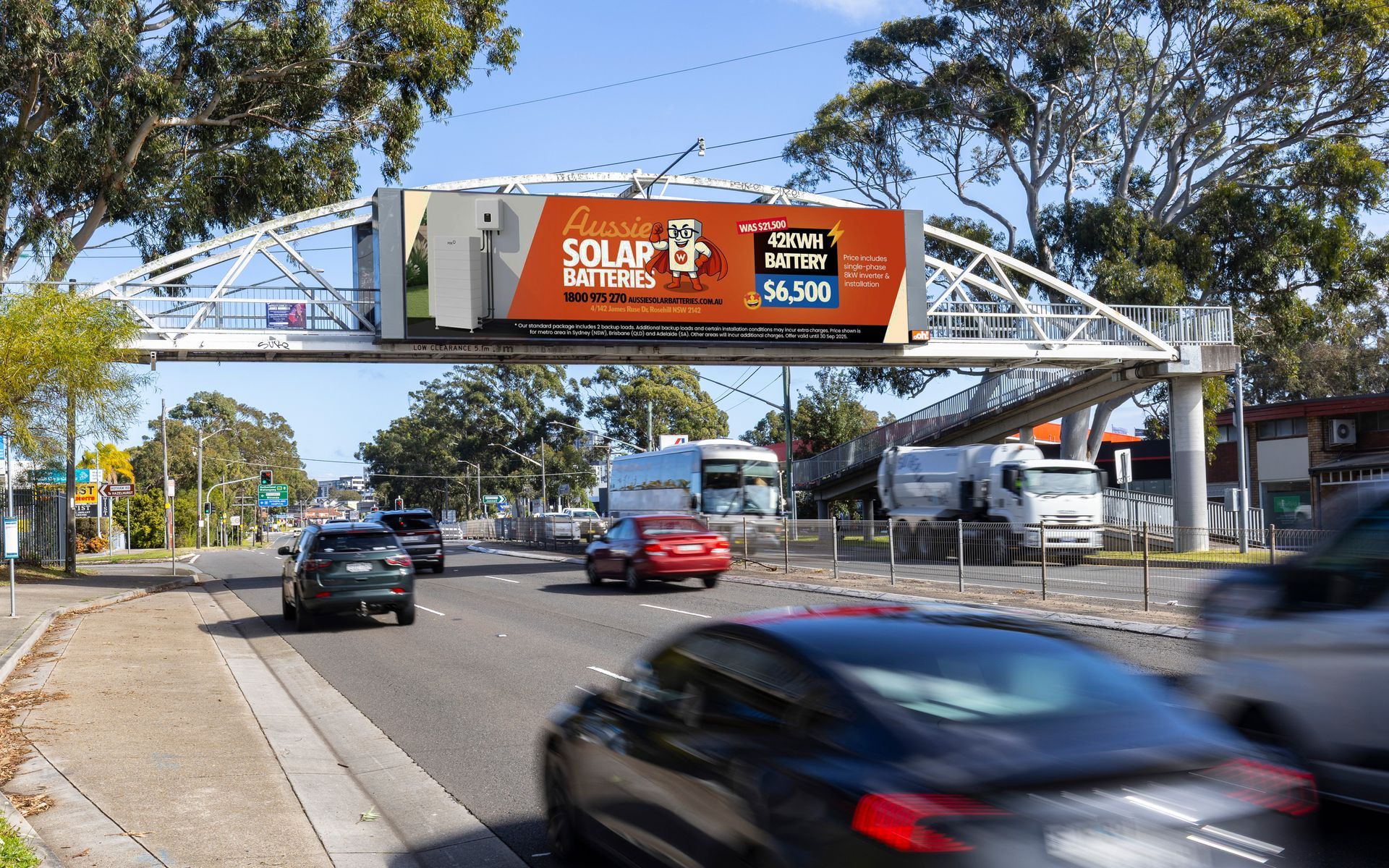
Have You Spotted Us Yet? Aussie Solar Batteries Hits the Roads 🚗⚡ If you’ve been driving around Sydney lately, you might’ve noticed something new hanging over the roads… yep, that’s us! Aussie Solar Batteries has officially gone big and bold with our new road signs. Whether you’re zipping down the highway or heading past your local shops, you’ll see our bright orange ads reminding Aussies that solar battery storage has never been more affordable. We’ve been around since 2017 and have already completed 15,000+ installs across NSW, QLD, and SA. But we want to make it even clearer: we’re not just another online solar company. We’re here, we’re local, and we’re big enough to put our name up where everyone can see it. It’s simple really, if you’re going to trust someone to power your home for the next 20 years, you want to know they’re the real deal. And nothing says real deal quite like being up on a massive sign while you’re stuck in traffic. What It Means for You Chances are, if you’re reading this, you’ve already been thinking about a battery. Maybe you’ve even Googled “best solar battery company in Sydney.” Well, when you see our name up on the big screen above the road, that’s your reminder that: We’ve been doing this for 8+ years We only use CEC-accredited electricians (no subcontractor roulette) And yes, you can get started with no deposit, pay on install Next time you’re driving through Sydney, see if you can spot one of our signs. Take it as a little nudge: the rebates won’t last forever, and every month you wait is another chunk of money going to your power company instead of back into your pocket. Big signs. Big savings. Big company. That’s Aussie Solar Batteries.

Before installing an energy storage system, it’s crucial to understand the following potential hidden charges to avoid unexpected costs: 1. Is Backup Function Included? Many installers don’t specify whether the quoted price includes backup functionality. Backup is critical—it ensures your PV and battery continue supplying power during a grid outage. 👉 Before choosing an installer, demand that at least two backup loads be included. 2. Do You Have an Existing PV System? Will They Remove the Grid-Tied Inverter? It's strongly recommended to remove the old PV inverter and connect the panels directly to the hybrid inverter (DC-coupled). Even if it costs an extra AUD 500 , it’s worth it for: Continuous backup during outages Improved system efficiency (up to 98% ) 3. Non-Brick Walls Need Heat Insulation Panels If your battery will be installed on non-brick surfaces , check whether heat insulation boards are included in the price. 4. Uneven Installation Surface If the battery is placed on uneven ground, will a base or leveling work incur extra charges? Ask upfront. 5. Are Bollards Required? Some battery locations (e.g., driveways or garages) require bollards for protection. 👉 Is this included in the installation quote? 6. Do You Have a Three-Phase System? If yes, you must use a three-phase meter to correctly measure household load consumption. 👉 Confirm whether a proper meter is included. 7. Is There Enough Space in the Meter Box? You may need: A larger main switch , RCBO circuit breakers for backup loads (mandatory per latest regulations), An ATS (Automatic Transfer Switch) for seamless backup switching. 👉 Confirm if these upgrades are covered in the quote. By asking these questions before installation, you can avoid unpleasant surprises and ensure your energy storage system is installed compliantly, efficiently, and cost-effectively .


